Media | Articles
Unforgettable moments from the 24 Hours of Le Mans
The 24 Hours of Le Mans has provided a rich tapestry of motorsport memories, starting with the first race held there in 1923. A combination of permanent track and public roads that are temporarily closed for the race and conducted nonstop for 24 hours, Le Mans is unique in all the world of motorsports. With the 88th running of the legendary event set for this Saturday, September 19, we thought we’d take a look back at some of its memorable moments.
The 2020 Le Mans is only the fourth time the race has not been held in June
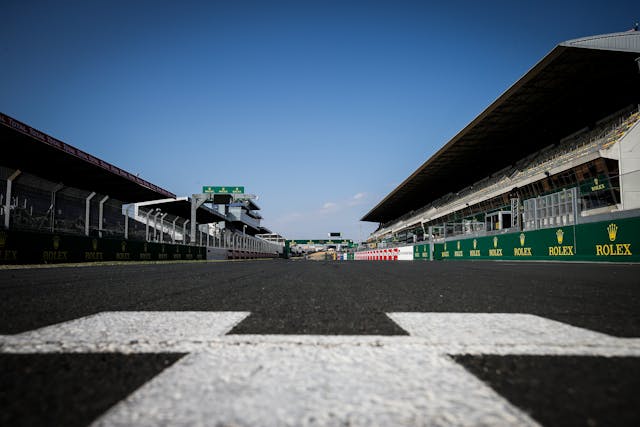
While the first race was held at the end on May 1923, the race has only been held outside of June three other times including this year. In 1956, it was held in July, and in 1968, it was held in September due to the unrest that rocked France that year. The race has been canceled 10 times: once in 1936, due to a labor strike in the heart of the Great Depression; and between 1940 and 1948, due to World War II.
The first 24 Hours of Le Mans is held in 1923
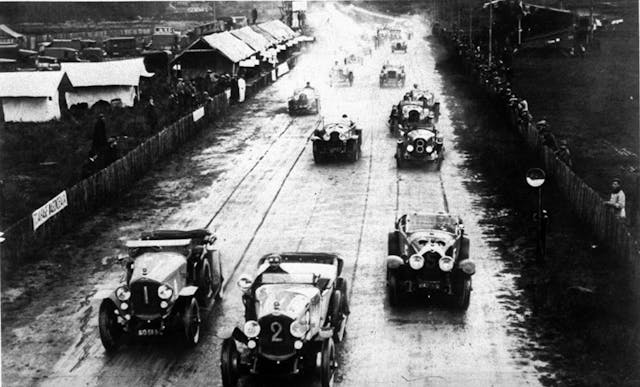
Officially known as the 24 Hours Grand Prix of Endurance, the first race took place on May 26–27, 1923. A total of 37 cars entered by 20 manufacturers took the field; all but three of them (one Bentley and a pair of Belgian-made Excelsiors) were fielded by French automakers. Engine sizes ranged from 1.0 liter in the Amilcar CV up to 5.3 liters in the Excelsiors.
The race was plagued by rain throughout, with drivers racing without goggles pelted by mud kicked up by cars ahead of them. The two Chenard-Walckers finished first and second but were not considered the winners. That was because the race was the first of three consecutive annual races, the Rudge-Whitworth Triennial Cup, where the winner would be the manufacturer with the car that exceeded its nominated target distance by the greatest margin.
That honor would go to the 1.1-liter Salmson piloted by Lucien Desvaux and Georges Casse; their car had completed 98 laps, 46 more than its target of 52 laps. Thirty of the 37 cars finished the race, a number unmatched until 1993. Fun fact: A parts supplier provided a dining area where drivers and crews consumed 150 gallons of onion soup, 50 chickens, 450 bottles of Champagne, and an unrecorded amount of red and white wine.
Marketplace
Buy and sell classics with confidence
Ferrari race cars appear for the first time in 1949

Racing returned to Le Mans for the first time since 1939. Two 166 MM Barchettas, which were racing versions of Enzo Ferrari’s first production car, participated in the race. They each featured a 2.0-liter V-12 that developed 140 horsepower and gave the cars a top speed of 130 mph.
Lacking confidence in the reliability of the cars, Ferrari did not enter the pair as factory entrants, instead arranging to have them privately entered. Both cars had been recently purchased after enjoying success in the Mille Miglia; one car was piloted by Jean Lucas and Pierre Luis-Dreyfus and the other by Luigi Chinetti and Peter Mitchell-Thomson. While the Lucas/Luis-Dreyfus car went out in the sixth hour, the Chinetti/Mitchell-Thomson raced to victory, with Chinetti driving for an incredible 22.5 hours and taking his third Le Mans win.
Briggs S. Cunningham goes to Le Mans with a puppy and a monster in 1950

After the race organizers rejected his Ford-Cadillac special, Briggs Swift Cunningham instead entered two Cadillacs. The first was a stock-looking Series 61 that the French nicknamed “Petit Pataud,” which translates roughly as “clumsy puppy,” taking its inspiration from a French children’s book from the 1930s. The second Cadillac’s nickname, “Le Monstre” or “the monster” was not so kind, a result of the ungainly body modifications Cunningham had made by removing the car’s stock body. A completely new body that was lower and narrower was fabricated in aluminum and fitted over a tube framework. Petit Pataud was driven by the Collier brothers, Miles and Sam, to tenth place, while Cunningham and co-driver Phil Walters finished eleventh.
Jaguar wins with C-Types, D-Types, and disc brakes
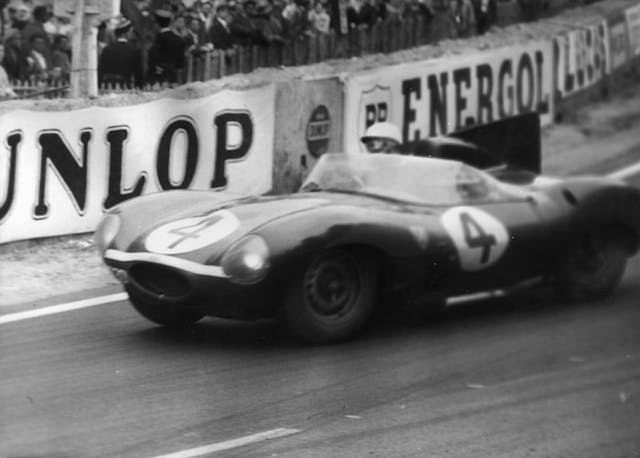
Jaguar dominated the 1950s, winning in 1951 and 1953 with C-Types, and then in 1955 with a D-Type. The newly formed team, Ecurie Ecosse, would pick up where the Jaguar factory left off, winning with D-Types in 1956 and 1957. The C-Types that won in 1953 were the first cars equipped with disc brakes to not only run at Le Mans, but they would also be the first cars so equipped to win a race anywhere. The disc brakes were able to dissipate braking heat more efficiently and were less prone to brake fade as a result, giving them a distinct advantage over their drum-brake-equipped competitors.
The disaster of 1955
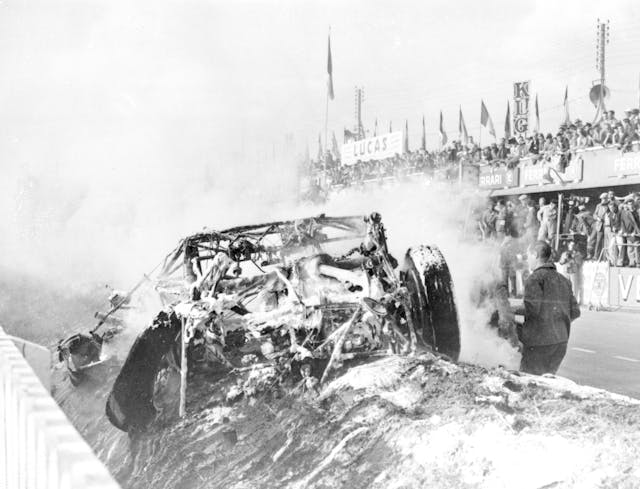
The 1955 race would become known as the darkest day in all of racing history, when just 2.5 hours into the race, a Mercedes-Benz 300 SLR driven by Pierre Levegh scythed through the crowd, killing somewhere between 80 and 84 spectators and injuring at least 180 more.
The tragedy began when driver Mike Hawthorn in his Jaguar D-Type swooped in front of the Austin-Healey driven by Lance Macklin. While Hawthorn braked hard to enter the pits, Macklin swerved hard to the left to avoid Hawthorn only to pull into the path of Levegh’s Mercedes, which was traveling in excess of 125 mph. While Levegh did not have enough time to react, he did manage to raise his hand to warn teammate Juan Manuel Fangio—following behind in a 300 SLR—and most likely saved Fangio’s life. The rear end of Macklin’s Healey served as a ramp to launch Levegh’s magnesium-bodied Mercedes into the air, where it skipped over a protective earthen berm and impacted the ground at least twice within the crowd of spectators. The Mercedes disintegrated, instantly killing Levegh and sending the engine, front suspension, and hood into the onlookers. The rear of the car landed on the berm and exploded, turning the highly flammable magnesium body into an inferno.
While Hawthorn would go on to win the race, Mercedes withdrew its remaining cars from the race and would not return to racing until 1989.
Snakes alive: Carroll Shelby at Le Mans
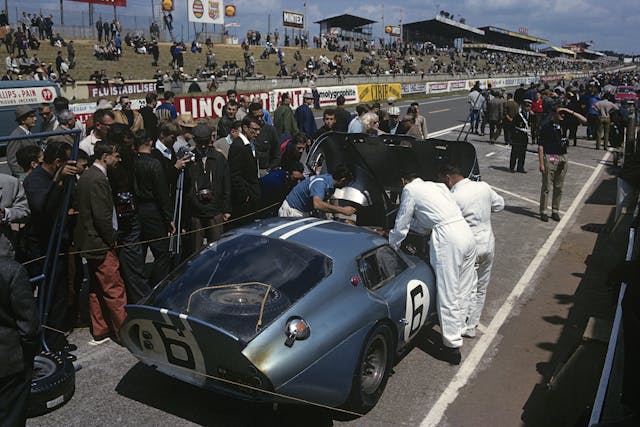
Carroll Shelby returned to Le Mans after his 1959 win, this time with his Daytona Cobra coupe. Fresh from its class win at the 12 Hours of Sebring earlier in the year, the Daytona would challenge the mighty Ferraris in their own backyard at the 1964 race. With a 289 under the hood and Bob Bondurant and Dan Gurney behind the wheel, the Daytona coupe hammered along despite high engine temperatures. Try as they might, they could not overtake the Ferraris and would have to settle for a class win and fourth place overall. Shelby would abandon his own efforts and would instead go to work for Ford and assist with its GT40 program.
Hank the Deuce gets his revenge
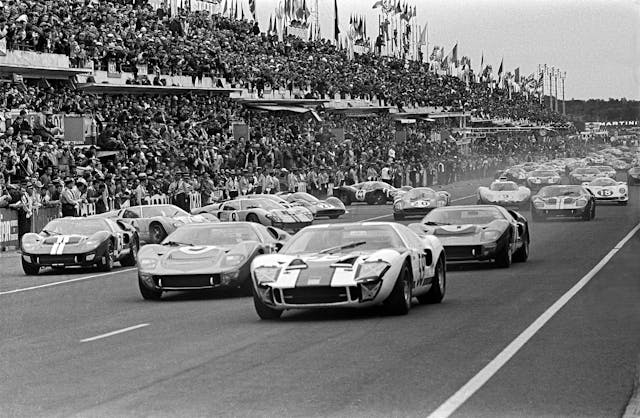
After having his attempts to buy Ferrari rebuffed by Enzo at the eleventh hour, Henry Ford II issued his team a blank check to beat Ferrari at Le Mans. After the Mark I GT40s failed to finish in 1964 and 1965, Ford would hire Carroll Shelby to revamp the GT40. After making changes to the running gear to improve reliability and using Ford’s mighty 427 V-8, Ford came roaring back in 1966 for a 1-2-3 overall victory and making history as the first overall win for an American constructor.
Ford would compete again in 1967 with the Mark IVs. The car driven by A.J. Foyt and Dan Gurney would go on to win after leading from the second hour, making for a trifecta, becoming the first all-American winners—car, team, and drivers—in the history of the race. The Mark IVs would return and win again in 1968 and 1969 but this time in the hands of private entrants. Ford would return to Le Mans again in 2016 with its all-new GT, which would place first and third in its class on the 50th anniversary of its overall win.
The king of cool and Le Mans—the movie
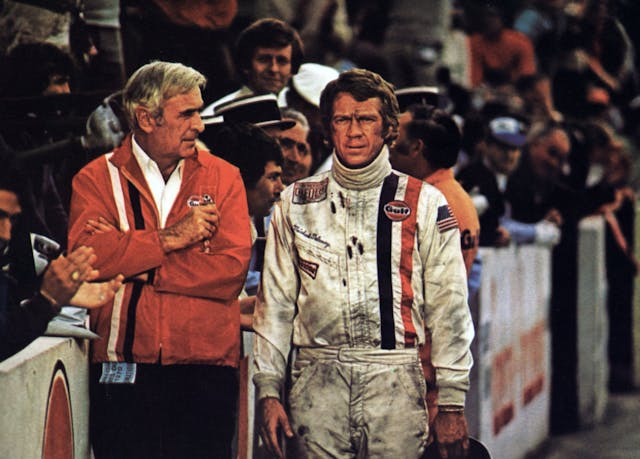
Steve McQueen was famously obsessed by motorsports of all kinds, so it seemed only logical that he would gravitate to the granddaddy of them all to capture it on film. McQueen stars as Michael Delaney, a driver in the 1970 race for the Gulf-Porsche team. Shot on location between June and November, including the actual race of that year, McQueen had initially planned to race a Porsche 917 with Jackie Stewart as his co-driver, but the entry was rejected. He is instead depicted as driving the Gulf-Porsche 917K driven in reality by Jo Siffert and Brian Redman.
McQueen entered the Porsche 908/2 with which he had co-driven to second place in the 12 Hours of Sebring. He loaded it with equipment to serve as his camera car and to record the racing action. The car actually finished in ninth place, but it was deemed ineligible as it had not driven the race’s minimum required distance due to having to stop to change film reels.
Star-spangled racers
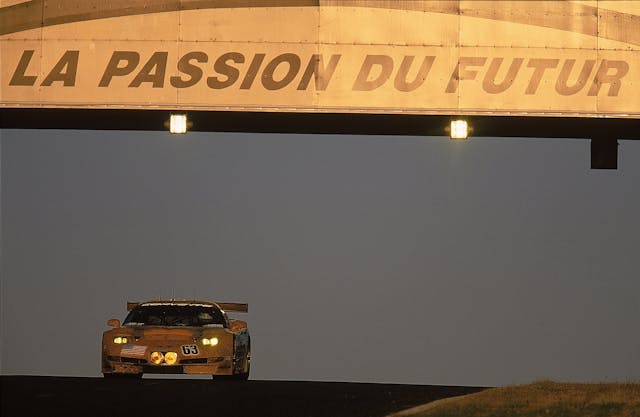
Chevrolet took the Corvette racing at Le Mans in 2000 with the C5-R. While many private teams had taken Corvette to the Circuit de la Sarthe in the past, this was the first factory-supported effort. The C5-R would finish fourth in its class in its debut showing, then would go on to first and second in class in 2001, 2002, and 2004. The C6.R and C7.R went on to similar success, though an overall win eluded them. The C8.R will sit out the 2020 Le Mans.
Rising sun rises over Le Mans
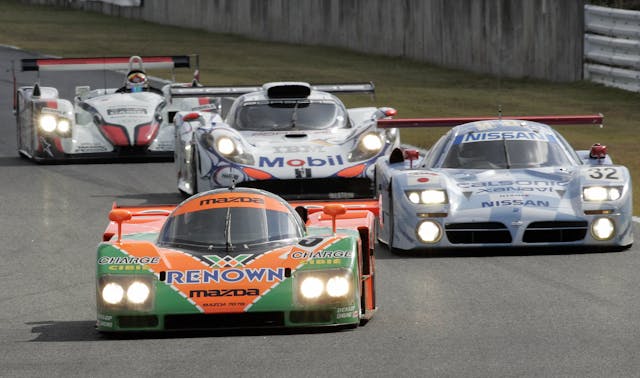
While Nissan and Toyota would race prototypes at Le Mans, Mazda would be the one to win in 1991—with its rotary engine, no less—making it both the first Japanese manufacturer as well as the first rotary-powered car to win at Le Mans. Making 700 horsepower in race trim, the 787B is also the only non-piston-powered engine to win.
In 2016, it looked as if Toyota had the race all but won, with the No. 5 car piloted by Kazuki Nakajima leading the No. 2 Porsche of Neel Jani. With just six minutes left in the race, the No. 5 car slowed on the Mulsanne Straight as a connector line between the turbo and the intercooler failed. Nakajima pressed on but two minutes later the car came to a stop just as it passed the start/finish line. Jani’s Porsche 919 would take the checkered flag, while Nakajima’s teammates car would finish second.
Nakajima would be redeemed in 2018: Not only did he put Toyota on the pole, but along with co-drivers Fernando Alonso and Sébastien Buemi, he would drive Toyota to victory. The team and all three drivers would go on to repeat their victory in 2019; another Toyota driven by Mike Conway, Kamui Kobayashi, and José Maria López took second.
Flipping out
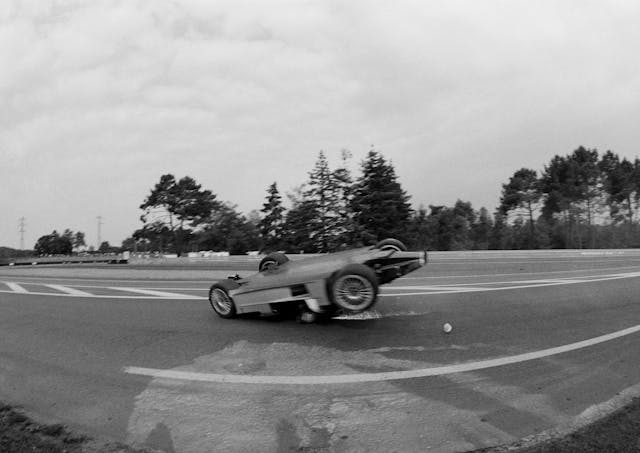
In 1985 a Sauber-Mercedes driven by John Nielsen launched skyward and flipped while cresting the Mulsanne hump at more than 220 mph. While the car landed on its roof and was destroyed, Nielsen was not injured. Silver Arrows were flying through the air again in 1999, when the Mercedes-Benz CLRs experienced severe aerodynamic instability causing the cars to fly into the air during test day.
After, Mercedes claimed to have fixed the issue, only to have the CLR flip again during warmup; driver Mark Webber was behind the wheel in both incidents and was unhurt each time. The third and most serious incident happened during the race when the CLR driven by Peter Dumbreck took to the air, launching itself over the safety fence and coming to rest in the woods several yards away. While Dumbreck also escaped injury, Mercedes withdrew the remaining CLR and ended its entire sports-car-racing program.
Porsche reigns supreme
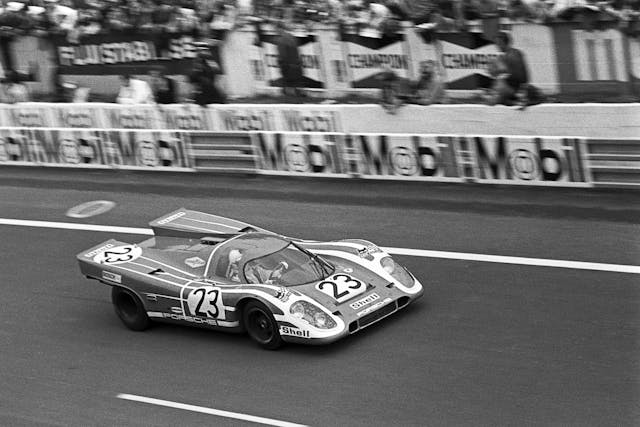
The brand went racing early in its existence, taking to the Le Mans circuit first in 1951 and won its class with the 356 SL. Victory eluded Porsche by just 120 yards or so in 1969, with the 908 placing second in the closest Le Mans finish to date. It wasn’t until 1970 that Porsche would win overall with the mighty 917K, driven by Hans Herrmann and Richard Attwood. With total of 19 overall victories and 108 class wins, Porsche is the most successful manufacturer in the history of Le Mans.




















